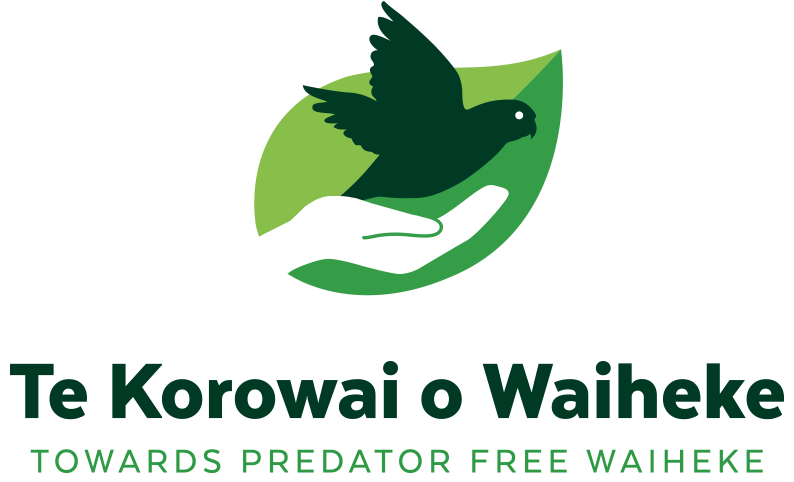Initial Analysis of Monitoring Ink Cards
We'd like to share with you the highlights from the initial analysis of the monitoring Ink cards retrieved earlier this month!
🐾 We had 190 tracking tunnels out for 3 nights, 76 had rat footprints.
🐾 The index of relative abundance from the tracking tunnels was 40% for rats.
🐾 Fewer rats were detected in urbanised areas, like parks and near roads/private properties, compared to more “natural” areas, like forest and wetland.
🐾 The rat index was the highest in forest areas, 49%. It is either the preferred habitat (likely, less disturbance by humans, pets…) or the detectability is the highest in forests.
🐾 Other animals detected were hedgehogs, weta and other insects, 1 rabbit, and 1 skink.
The tunnels were set up in 19 locations all over the island for 3 nights to determine baseline data for future monitoring. This is different to the more common single-night monitoring and therefore, abundance might appear higher.
In allowing more time for the rats and other species to interact with the monitoring devices, it means that as the eradication operations progress and rat numbers fall, they will have the highest chance of detecting presence (if any) in the pilot area.

